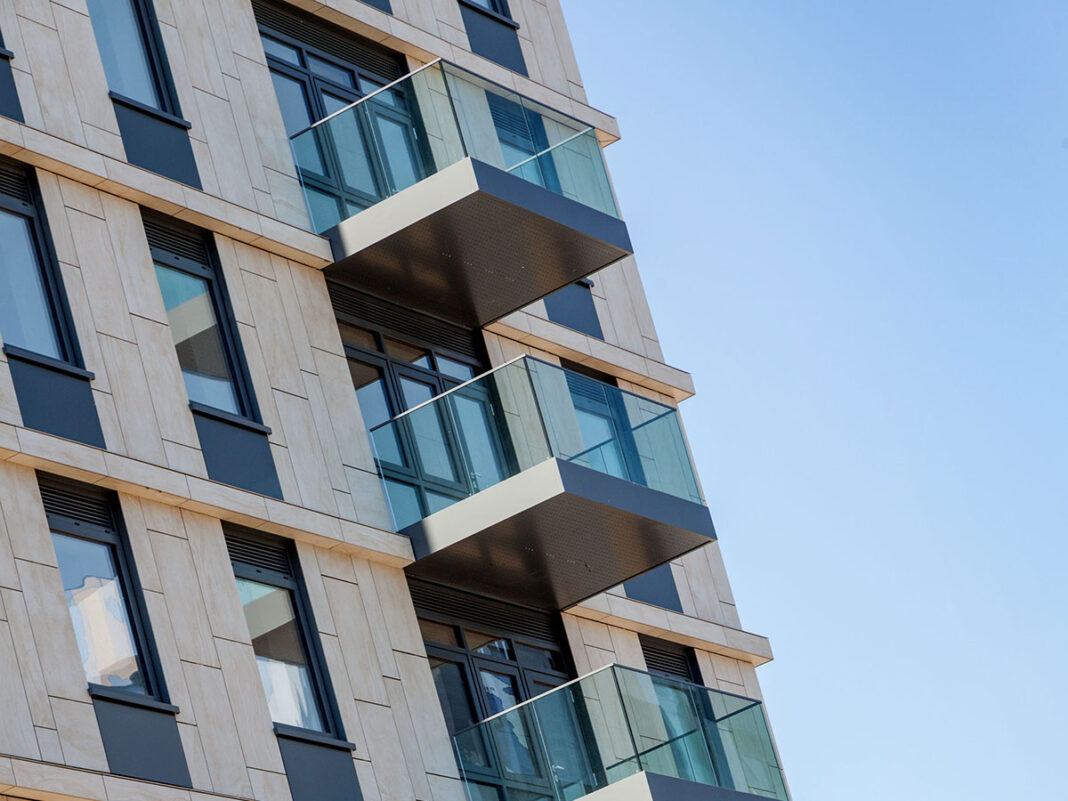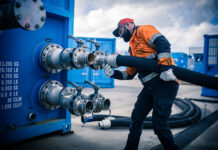
Brian G Newell, founder and CEO of cladding specialist, Shackerley, discusses the need for cladding specification decisions to be made based on a full understanding off all safety criteria, rather than ticking a box for compliance
IT’S now more than three-and-a-half years since the tragic events at Grenfell Tower and two years since legislation was passed, making it mandatory for cladding used on residential buildings 18m and above to be certified to A1 or A2-S1-d0 to BS EN 13501-1. The Hackitt enquiry and the subsequent legislative process have done much to raise awareness of safety issues in the cladding specification process. However, the safety focus for many involved in the specification and procurement of cladding remains firmly centred on compliance, rather than all the safety implications of their product choices throughout the service life of the building.
Focus on maximum fire safety
One of the consequences of the continuing investigations into the Grenfell disaster is an anticipation of further legislative change. Developers want to ensure that their building will be compliant following completion and fire safety has become a key marketing message for residential projects, along with a duty of care to future residents. Architects and other consultants are also keen to future-proof the specification by ensuring optimum levels of fire safety certification are embedded in product choices.
For many projects, this has resulted in a performance requirement of A1 certification, even though A2-S1-d0-certified materials also currently comply with requirements for residential buildings above 18m.
This is good news for both future residents and the longevity of the building, but it is starting to have an unintended safety consequence, which could result in increased safety risks for the building.
The vital role of mesh
The side effect of the widespread insistence on use of A1 certified cladding materials is a tendency to omit the anti-fragmentation mesh that is sometimes necessary for pre-fabricated cladding panels in order to maintain A1 classification.
Most mesh and mesh bonding adhesives used in cladding panel fabrication do not meet A1 or A2-S1-d0 classification requirements, so, once this has been adhered to the rear of the panel, the panel can no longer be classified as A1. The safety emphasis on non-combustibility is such that an A1 certification is prioritised above the inclusion of anti-fragmentation mesh.
However, anti-fragmentation mesh has an important role to play in the safety of any brittle cladding material, so most responsible specialist stone and ceramic granite suppliers recommend it, particularly for installations at high level. In the unlikely event of high-level impact, the mesh prevents large fragments of the cladding panel from falling from the façade, protecting pedestrians or vehicles below.
Combining fire and fragmentation safety
It is for these reasons that Shackerley has developed an A1-certified bonded mesh, enabling A1 materials within the Shackerley SureClad range (ceramic granite, natural stone and terracotta) to provide an A1-certified system without compromising on any aspect of safety.
As part of a rigorous approach to building safety, for both occupiers and the general public, Shackerley always advises the inclusion of anti-fragmentation for all brittle cladding materials and this is bonded to the cladding material at our ISO 9001 factory in Lancashire, using a specially developed mesh and bonding methodology. Where the specification is for an A1-certified panel, the A1 mesh should be used.
Under no circumstances should any brittle cladding material be installed at high level with no anti-fragmentation mesh at all.
Safety innovation
The consequences of the Grenfell disaster have led to significantly enhanced safety awareness for a whole range of building elements. Hopefully this focus will lead to much less risk of catastrophic fires in the future but we must not let it cloud our vigilance in other areas of safety.
The goal for all involved in the cladding sector should be for those awful events to be a catalyst for innovation across all aspects of hazard and risk.








